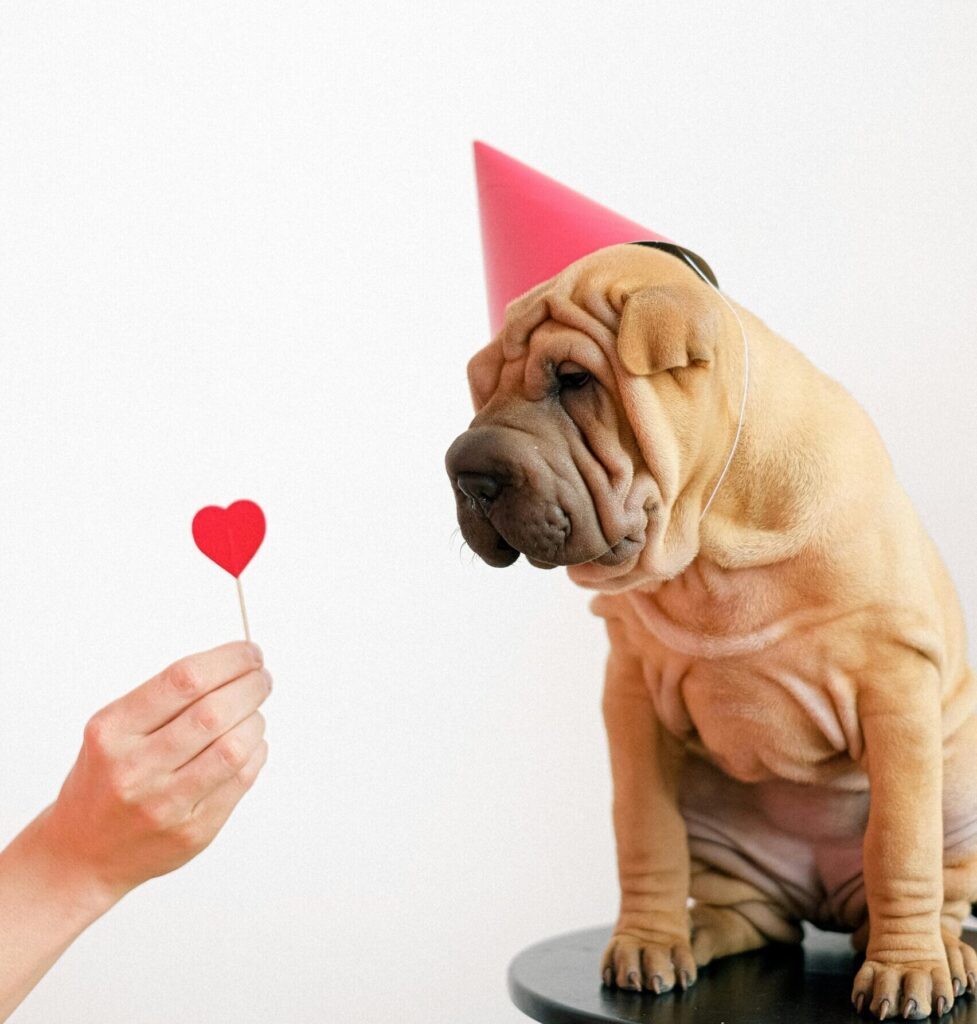Summery :
- How to help a blind dog?
- What to do at home? Helpful tips
- What to do in the garden? Useful tips
- Focus on training the animal!
- Maintain constant stimulation: walks and games at home
1- How to help a blind dog?
Watch the video on youtube
A dog that has lost (or is losing) its sight may feel vulnerable and anxious . But the same is true for an animal born blind and then moved from one environment to another.
For this reason, it is important to adopt measures that can improve his general comfort, putting him at ease and thus optimizing his quality of life.
In this short article we will try to understand how to allow our four-legged friend to live with dignity, indeed, in an optimal way, even without being able to count on the sense of sight.
[blockquote align=”none” author=”Steve Jobs”]Your time is limited, so don’t waste it living someone else’s life. Don’t be trapped by dogma – which is living with the results of other people’s thinking[/blockquote]
2- What to do at home? Helpful tips
Make him feel comfortable
If you have adopted a blind dog , the first thing you need to do is create a proper routine for him and a safe and comfortable home environment for his needs.
To allow him to acquire a certain confidence and familiarity with the environment around him, from the beginning it is advisable to keep him in a delimited area , comfortable but of modest dimensions ; for example a single room.
Only later , when he appears more comfortable, can we introduce him to the rest of the house .
However, if he appears confused and agitated, it is best to immediately take him back to his safety zone.
Create a regular routine
Any dog appreciates regular schedules, both for feeding and for walks; this way, he will always know “what to expect” at a given time.
Try to eliminate potential dangers
Cover sharp corners of furniture, block stairs, keep furniture out of its way – or, if you move it, only move one piece at a time -, avoid clutter or other unexpected obstacles.
Use sound cues to help him orient himself and feel comfortable
Try using wind chimes near outside doors to direct them to thresholds. If they tend to be scared of other pets in the house, put a bell on their collars as well; try talking to them or gently tapping their bed before touching or waking them from sleep , to avoid startling them.
Incorporate tactile indicators throughout your home
Use special mats to guide the blind dog inside the house, for example at the point where he eats, in front of the kennel, near any area of interest (even in front of the door).
“Bumper” harness
If your pet loses his sight later in life, you can try to equip him with special equipment that will help him avoid accidental bruises.
3- What to do in the garden? Useful tips
Here’s what to do when the blind dog is in the garden:
- Remove overhanging branches or other hazards;
- Enclose swimming pools , ponds or any other body of water;
- Add tactile markers to the ground , such as mulch, sand or landscape stones, at boundaries such as flower beds to create safe paths;
Over time, your dog will develop a mental map of his domain and may learn to overcome obstacles such as stairs, but it’s best to be cautious: a bad experience can cause injury and undermine his confidence and safety .
4- Focus on training the animal!
Training is essential for any dog, but even more so for blind dogs.
The training process helps build self-confidence and trust in us, strengthening the animal-owner relationship.
Also, a well-trained animal is more likely to respond and follow any instructions if they are in danger. It is very helpful to use a specific verbal signal to alert or stop them during walks.
Here are some tips to get you started:
- Always use positive reinforcement . Try not to punish , hit or yell at your pet; especially because these attitudes throw the animal’s psyche into a state of great fear and stress . Let’s remember that he does not know what is happening;
- Be consistent . If you have a partner or children who interact with your pet, make sure everyone uses the same approach;
- Be patient . Training won’t happen in a day or even a week. There are often setbacks, but it’s always worth it.
5- Maintain constant stimulation: walks and games at home
Stimulating the senses of domestic dogs is important for their mental and physical health, but especially for those who have become blind. Even your voice can be a form of comfort.
Here are some simple tips that will help you stimulate him, while keeping him safe:
- After adopting a blind dog, introduce him to the neighborhood during walks;
- Follow the same route during each walk;
- Use a short , stiff leash so you can guide him around obstacles more easily;
- Try using auditory cues when there is an obstacle.
For indoor play , provide interactive toys that allow him to use his other senses. You can also organize small “treasure hunts” where you hide food rewards around the house.
Some of the most popular toys used by blind dog owners are:
Odor tracking games.
Puzzle;
Toys that make sounds;




